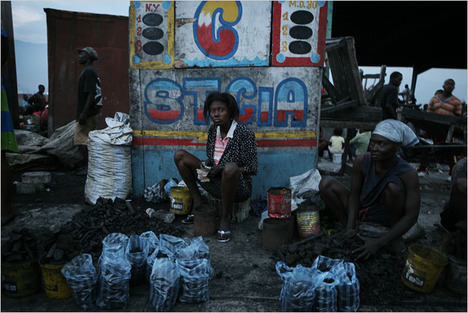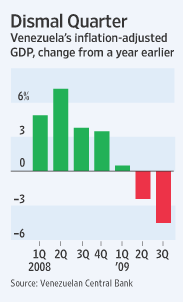(p. W2) As argued forcefully by Henry Manne in his 1966 book “Insider Trading and the Stock Market,” prohibitions on insider trading prevent asset prices from adjusting in this way. Mr. Manne, dean emeritus at George Mason University School of Law, pointed out that when insiders trade on their nonpublic, nonproprietary information, they cause asset prices to reflect that information sooner than otherwise and therefore prompt other market participants to make better decisions.
This achievement can have ramifications beyond a few percentage-point increases in productivity growth.
According to Mr. Manne, corporate scandals such as Enron and Global Crossing would occur much less frequently and impose fewer costs if the government didn’t prohibit insider trading. As Mr. Manne said a few years ago in a radio interview, “I don’t think the scandals would ever have erupted if we had allowed insider trading because there would be plenty of people in those companies who would know exactly what was going on, and who couldn’t resist the temptation to get rich by trading on the information, and the stock market would have reflected those problems months and months earlier than they did under this cockamamie regulatory system we have.”
Another potential benefit of lifting the ban on insider trading is explained by Harvard University economist Jeffrey Miron: “In a world with no ban, small investors might fear to trade individual stocks and would face a greater incentive to diversify; that is also a good thing.”
The book mentioned is:
Manne, Henry. Insider Trading and the Stock Market. New York: The Free Press, 1966.







